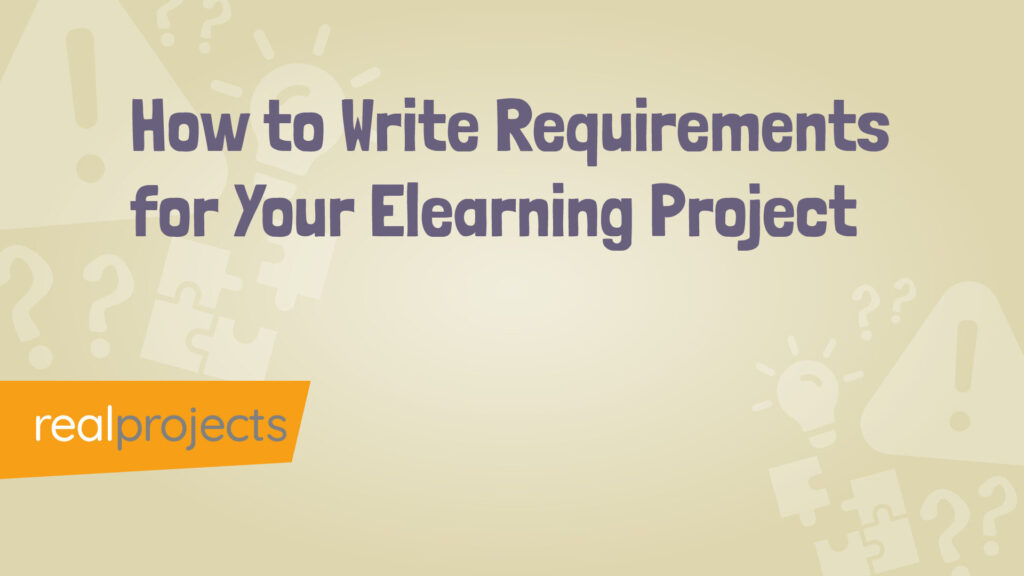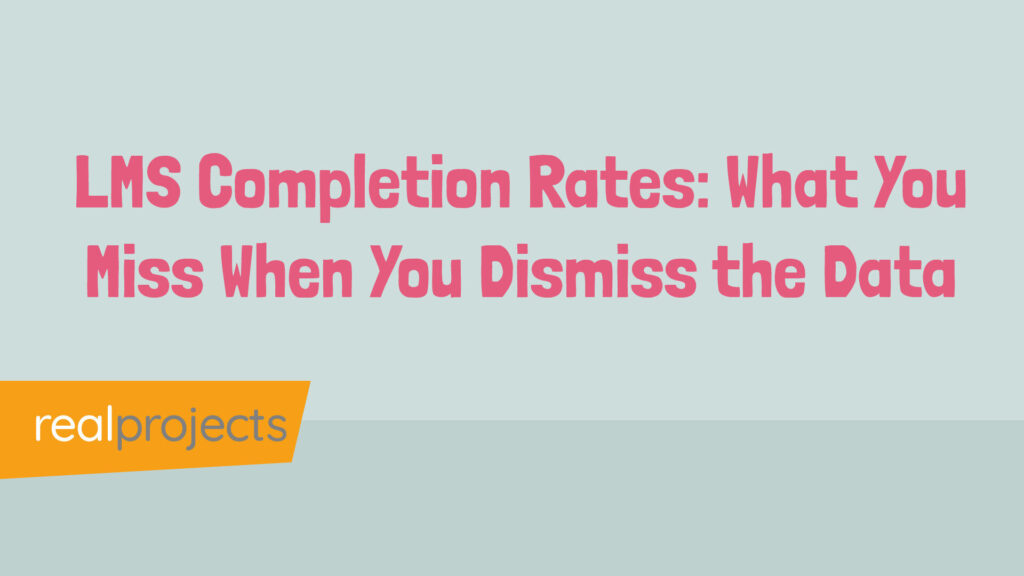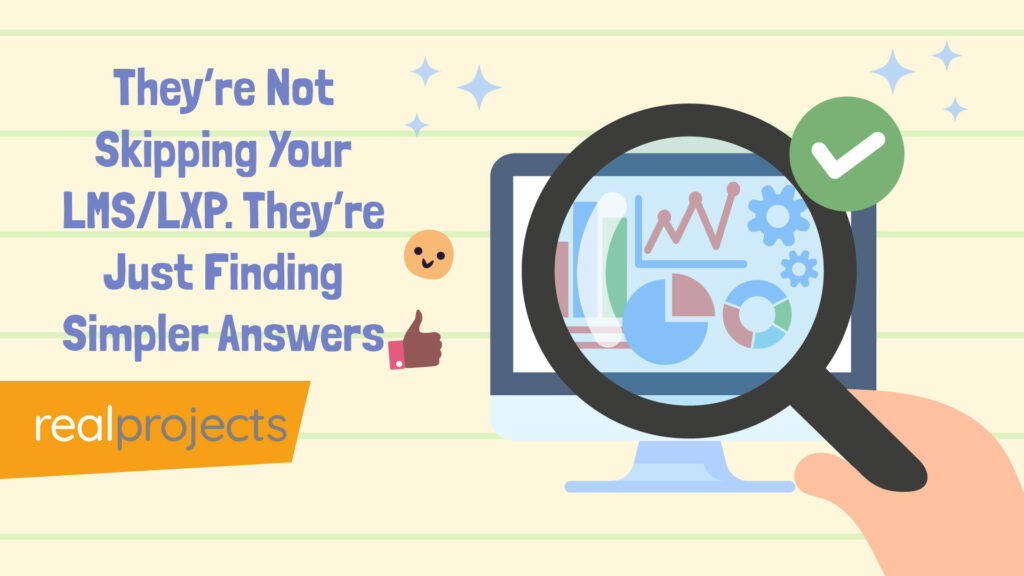AI feels free right now, but that won’t last.
Vendors are starting to charge for features that used to be included. If you’re in L&D, this could hit your L&D Budget fast and hard.
- AI tools like transcription, translation, and image generation are expensive to run
- Most are bundled into your current software, but not for much longer
- New pricing models are emerging: per word, per image, per feature, per course
- You’ll need to track what AI tools you use and what they’re actually saving
- Advanced features are going to cost more and aren’t going to be bundled with your existing license
How it impacts you
- Costs may spike without warning
- Tiered or usage-based pricing could disrupt your L&D Budget planning
- Your team might already be using AI without realising the long-term costs
What can you do
Start with a tech stack audit.
Ask:
- What AI features are you using?
- Are they improving workflows or just adding cost?
- If the AI tools weren’t free, would you still keep them?
Are We Ready for the End of “Free” AI?
Think back to the last time you opened your favourite app and found that they had included AI functionality.
Auto-transcription, instant translation, AI-generated images. All bundled in. All free. It felt like a bonus. But how long can that last?
AI isn’t cheap. Every prompt you run and every language you translate racks up server, energy, and compute costs. AI comes with ongoing burn. Constant queries, model tuning, and high resource usage.
AI may feel free today, but behind the scenes, it’s burning cash. Fast.
Training a single large language model can cost tens of millions. Each prompt, translation, or image generation racks up real compute and energy costs. AI costs are increasing and often underestimated during the start up phase.
AI development and usage also has a lot of usage. Think of when you’ve worked on a prompt, how many times do you need to refine the prompt. Each time you run the prompt this costs money – server time, energy costs. Although the results come back quickly, it’s not a particular efficient process.
As usage soars, vendors are under pressure to recoup these expenses and capital investments. The shift away from bundled AI is already happening, with tiered and usage-based pricing models starting to appear across SaaS platforms.
For L&D teams relying on AI features, this means budgeting not just for software, but for every query, word, and voice-over too.
Real-world numbers to consider
- Training Costs: Training OpenAI’s GPT-3 reportedly cost $12 million (MIT Technology Review)
- Microsoft reportedly spends over $700 million a year just to power ChatGPT’s integration in Bing and Office products.
- Anthropic, creators of Claude, raised billions partly to cover the infrastructure and model training costs — indicating GPT-4-class models now push towards $1 billion+ to develop and scale.
- Compute Burn: ChatGPT costs OpenAI around 4 cents per prompt (The Information)
- Electricity Use: Running large AI models can consume 500 megawatt-hours per day, enough to power 17,000 U.S. homes (The Guardian)
- Pricing Tiers: Jasper AI now uses usage-based pricing, starting at $39/month and scaling with word output (Jasper.ai)
- Translation Costs: DeepL charges per character after free thresholds, with plans starting at €8.74/month (DeepL Pricing)
- Image Generation: Midjourney plans range from $10 to $60/month depending on GPU time and resolution (Midjourney Plans)
Cracks in the bundled pricing model
Right now, most AI tools are tucked neatly into your existing subscriptions. But there are already signs that this model won’t scale.
“I’ve started noticing new AI pricing is coming in when speaking to vendors,” says Scott Hewitt. “Especially new tiered or usage-based pricing is being introduced for enhanced AI functionality in tools we already use. It’s particularly showing up in updated versions of existing platforms.”
Why vendors can’t keep absorbing the cost
Why? Because the tools themselves are often powered by third-party AI models. That means layered costs. And at some point, those costs will trickle down to the user.
Think of it like cloud storage. It started bundled, then moved to tiered pricing, then to usage-based plans. AI is heading the same way.
What’s next: per word, per click, per feature
Expect pricing to become granular. Per word. Per query. Per output. Want to generate a high-res image? That might cost you more credits than a simple JPEG. Need multi-language support? Each language could carry its own charge. Even things like tone, output quality, or voice generation could soon come with its own price model.
Not just money — changing how we buy software
And the shift isn’t just about money. It will change how we build and buy software. SaaS tools that once offered AI as a hook for user acquisition may start charging for it as a core feature. If AI is saving businesses time and money, vendors will start pricing it accordingly.
“L&D Directors have mostly experienced AI being included as part of their current tools, but I think that’s about to change,” Scott adds. “These new pricing models could catch people off guard. Software costs could spike significantly, and I think many teams aren’t prepared for it.”
Now is the time to get ahead
This isn’t all bad news. In fact, it may help separate the gimmicks from the genuinely useful. But the free model is coming to an end. And we’ll all need to start budgeting for it.
“Now’s the time for L&D leaders to do a proper audit of their tech stack,” Scott suggests. “Do they actually need the AI features? Are those features saving time, improving workflows, or just adding cost? They should be asking what the financial impact is of keeping or dropping that AI functionality.”
Some freemium tools will remain. But the more advanced, business-critical features? Those will go behind a paywall.
“Right now, vendors aren’t sharing all of the upcoming pricing models, but I think that’s partly because they’re still figuring it out themselves,” says Scott. “AI is a new part of the market, and vendors are weighing whether these features are essential to keeping customers or attracting new ones. It’s not always clear whether the price reflects the value or just the cost-saving it offers businesses.”
What does that mean for your team?
Are you tracking which AI tools you’re using and what they’re saving you?
Because soon, someone might ask what they’re costing you too. And how it fits into your L&D Budget.
Questions
Is AI getting cheaper?
Not really. Some tools feel free now, but the costs to train and run AI are rising. As usage grows, vendors will pass those costs onto customers through new pricing models.
Will AI reduce costs?
Yes, if it’s used well. AI can save time and reduce manual work. But you’ll need to weigh those savings against what it might soon cost to use. Not all AI features are worth paying for.
What is the pricing strategy of AI?
Vendors are shifting from flat rates to usage-based models, charging per word, per image, or per feature. Some still bundle AI in, but that’s changing fast as providers look to cover rising infrastructure costs.
What is AI going to change?
AI is changing how we work. It automates tasks, speeds up workflows, and enhances tools. But it’s also reshaping pricing models. L&D teams will need to budget differently, tracking not just software costs but every AI query too, all while keeping an eye on the L&D Budget.



